Top Hydraulic Components for Agricultural Equipment in 2025: Complete Guide
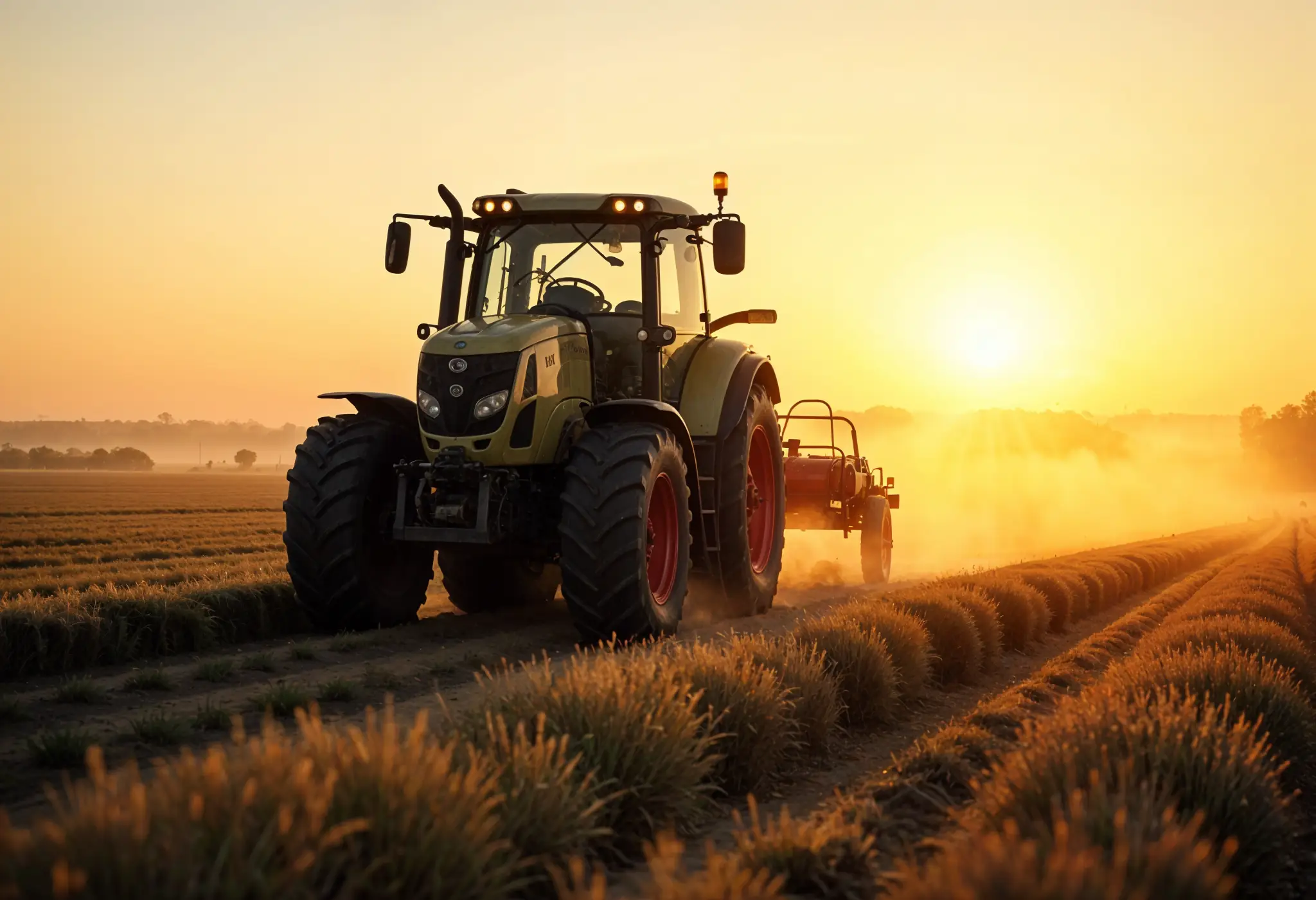
Hydraulic components for agricultural equipment deliver up to 18,000 PSI, powering tractors, combines, and irrigation systems with precision. These durable agricultural hydraulic systems cut fuel and water use, withstand harsh farm conditions, and boost overall efficiency.
In this guide, you'll explore essential hydraulic pumps, valves, cylinders, hoses, and fittings—plus how they work together in modern farm machinery. Learn to select hydraulic hoses using the STAMPED method and prevent breakdowns with smart maintenance. Proper care can extend system life by 30% and reduce downtime by 75% during critical farming operations.

Understanding Hydraulic System Fundamentals in Agriculture
The Ferguson Three-Point Hitch tractor marked the first major integration of hydraulic systems in agricultural machinery during the early 20th century, setting standards still used in tractors today. This innovation stands as the cornerstone of modern agricultural hydraulics, transforming farming operations with efficiency levels previously unimaginable.
How hydraulic systems power modern farming
Modern farming depends heavily on hydraulic power for essential operations from planting and irrigation to harvesting and livestock management. Hydraulic technology has fundamentally changed agriculture by reducing manual labor requirements, decreasing injury risks by approximately 65%, limiting operational downtime, and boosting both individual and overall agricultural productivity.
The impact appears especially significant in industrial farming operations, where hydraulic systems have cut labor expenses through enhanced efficiency. These powerful systems generate tremendous force with minimal inputs, making them ideal for demanding agricultural tasks. Additionally, agricultural equipment utilizing hydraulics can withstand pressures exceeding 2,000 pounds per square inch (psi), with larger machinery sometimes operating above 3,000 psi.

Key principles of agricultural hydraulics
A standard hydraulic system contains several vital components: reservoir, pump, valves, fluid, motor, hose, filter, and cylinder. The hydraulic pump moves fluid from the reservoir into the system, increasing pressure and energy levels. This pressurized fluid then acts upon the rod and piston within hydraulic cylinders, effectively converting fluid power into mechanical force.
Two primary system designs exist in farm equipment. Open-center systems utilize constant displacement pumps that supply oil continuously regardless of demand. Meanwhile, closed-center systems employ variable-displacement pumps that operate only until reaching the required pressure at valve inlets, consequently saving up to 25% more energy. Furthermore, hydraulic principles follow Bernoulli's law of energy conservation, applying the concepts of flow continuity and energy transfer throughout the system.
Evolution of hydraulic technology in farm equipment
Initially, agricultural hydraulics focused primarily on water management and hydraulic irrigation systems. The industrial revolution brought significant advancements, leading to hydraulic presses, rams, and pumps. By the early 1900s, tractors began incorporating hydraulic systems to power implements like plows and cultivators.
A major breakthrough occurred in 1981 when electronic control systems were combined with hydraulic technology, enabling automatic implement leveling. This innovation allowed for even tilling on bumpy fields, dramatically transforming the agricultural machinery market. Subsequently, microcomputer-controlled "Auto Monroematic" systems and Bi-Speed Turn technology emerged, reducing farmers' workload by approximately 40%.
Need help selecting the right hydraulic components for your agricultural equipment? Contact MCH Parts today for a free parts sourcing consultation and quote to keep your farm operation running at peak efficiency.
Essential Hydraulic Pumps and Power Units
Hydraulic pumps function as the heart of agricultural machinery, converting mechanical energy into fluid power that drives critical farm operations. These vital components create flow rather than pressure, with pressure developing only when the flow encounters resistance.

Types of hydraulic pumps for agricultural applications
Agricultural equipment primarily relies on positive displacement pumps that trap and move a fixed amount of fluid with each cycle. The three most common types include:
- Gear pumps: Cost-effective and reliable options using meshing gears to move fluid. External gear pumps deliver higher speeds and quieter operation, making them ideal for tractors and basic implements.
- Vane pumps: Employ small vanes moving in and out of a central rotor to create fluid chambers, providing smooth operation and moderate pressure output—perfect for mobile equipment like forklifts and agricultural machinery.
- Piston pumps: Available in axial and radial configurations, these high-efficiency pumps withstand pressures up to 6,000 PSI, making them suitable for demanding tasks like operating excavators and combine harvesters.
Selecting the right pump for your equipment
When choosing a hydraulic pump, examine the maximum flow rating in gallons per minute (GPM) or liters per minute, which determines fluid movement capacity. For farm applications specifically, match the pump's GPM with both your tractor's hydraulic capacity and implement requirements—excessive flow rates waste resources and stress components, potentially reducing system lifespan by 20-30%.
Pay careful attention to maximum operating pressure (in PSI or bars) to ensure the pump withstands your most demanding applications without leaking or component damage. Additionally, determine whether you need fixed displacement (for repetitive tasks) or variable displacement (for diverse operations).
Hydraulic power units for farm machinery
Your tractor's PTO (Power Take-Off) capabilities directly impact hydraulic system performance. Agricultural equipment like round balers typically requires at least 12 GPM hydraulic flow and 65 PTO HP for efficient operation. For versatility and future-proofing, look for hydraulic power units with minimum 80 PTO HP and 10 GPM hydraulic flow.
Efficiency and performance factors
Hydraulic pump efficiency falls into three categories: volumetric efficiency (typically 85-95%), mechanical efficiency (85-95%), and overall efficiency (75-90%). To maximize performance and extend equipment life by up to 25%, match the pump's capabilities to your specific agricultural applications and maintain proper filtration to prevent contamination.
Critical Control Components: Hydraulic Valves and Actuators
Hydraulic valves and actuators function as the command center of your agricultural hydraulic system, directing fluid flow and transforming pressure into powerful mechanical work. These hydraulic control systems enable precise management of everything from basic lifting operations to sophisticated precision farming tasks, potentially improving operational accuracy by up to 40%.

Directional control valves for agricultural equipment
Directional control valves determine hydraulic fluid pathways in farm machinery, effectively controlling implement and actuator movement direction. These essential components come in various configurations, including open-center monobloc designs handling 20-450 LPM and closed-center sectional valves managing 140-180 LPM. For tractor loaders, compact joystick-controlled valves offering 21 GPM flow rates deliver smooth operation in confined spaces.
Without proper valve selection, hydraulic systems experience approximately 35% more operational issues and reduced response times. Properly matched directional valves, however, can extend system lifespan by nearly 20% while improving performance consistency across varied temperature conditions.
Pressure and flow control solutions
Flow control valves regulate hydraulic fluid speed through the system, essentially managing actuator movement rates rather than creating pressure. These include precision needle valves and general-purpose throttle valves. Pressure relief valves serve as vital safety components by limiting system pressure to prevent component damage.
Effective flow control directly impacts implement accuracy—proper settings can increase precision by up to 30% during critical operations like planting or spraying, ultimately improving crop yields. Furthermore, quality pressure relief valves prevent approximately 65% of potential system failures caused by pressure spikes.

Hydraulic cylinders and motors in farm machinery
Hydraulic cylinders convert fluid pressure into linear motion, powering essential agricultural tasks like lifting, lowering, and extending implements. Purpose-built cylinders from quality manufacturers withstand environmental exposure, extended operations, and extreme temperatures. Similarly, hydraulic motors, including orbital motors, transform fluid pressure into rotational force, driving machinery components with remarkable torque.
For optimal performance, match cylinder specifications to your specific applications—using underpowered cylinders increases equipment strain by approximately 45%, while properly sized components can extend service life by up to 25%.
Smart control systems for precision agriculture
Modern farming increasingly depends on electronically-controlled hydraulic systems for precision operations. These smart hydraulic control systems enable wireless equipment control, optimizing tasks like seed depth management without the maintenance challenges of conventional hydraulics. John Deere's precision agriculture technology exemplifies this advancement, providing farmers with tools to monitor, manage, and maximize operations through cloud-based farm management systems.
Farmers implementing these smart control systems report approximately 20% lower fuel consumption and 15% higher crop yields due to more precise application of inputs and reduced overlapping during field operations.
Looking for reliable sourcing of hydraulic components? MCH Parts specializes in hard-to-find parts for heavy machinery. Visit MCHPartsNYC.com and request a quote today.
Fluid Conveyance: Hoses, Fittings, and Reservoirs
The fluid conveyance system functions as the vital circulatory network of your agricultural hydraulic equipment, transporting essential fluid between components while enduring harsh farm environments. Proper selection of these components directly impacts your operation's reliability under demanding conditions and can reduce unexpected downtime by up to 65% during peak farming seasons.

Selecting the right hydraulic hoses for farm conditions
Quality hydraulic hoses provide both durability and flexibility in challenging agricultural applications. These components face relentless pressure fluctuations, extreme temperatures, and chemical exposure. For reliable performance and extended service life, evaluate:
- Operating pressure compatibility with your machinery requirements
- Temperature range suitable for your climate conditions
- Appropriate internal diameter for optimal flow
- Bend radius compatible with your equipment layout
- Reinforcement type based on pressure demands
Proper hose selection not only enhances safety but also prevents expensive downtime during critical farming operations. In fact, farmers who implement comprehensive hose maintenance programs report approximately 40% fewer field breakdowns during harvest periods.
Essential fittings and adapters for agricultural equipment
Quality hydraulic fittings maintain system integrity through secure, leak-free connections. For farm applications, these common fitting types deserve your attention:
JIC (Joint Industry Council) fittings deliver versatility and high-pressure capabilities, making them ideal for most farm equipment. ORFS (O-Ring Face Seal) fittings provide superior leak prevention in critical applications, whereas BSP (British Standard Pipe) fittings appear widely throughout European agricultural machinery.
Improper fitting selection accounts for approximately 30% of hydraulic system failures. Conversely, using appropriate fittings can extend component life by up to 25% while dramatically reducing fluid loss.

Reservoir design and maintenance
A well-designed hydraulic reservoir does more than store fluid—it cools the system, allows air bubbles to rise, and lets particles settle. L-shaped tank designs offer excellent serviceability with components easily accessible, whereas vertical tanks with removable lids maximize space efficiency in compact equipment.
Clean your reservoir annually during off-season maintenance to remove accumulated contaminants. This simple practice reduces system overheating by approximately 20% and extends fluid life by up to 40%.
Preventing contamination in agricultural hydraulic systems
Above all, contamination control stands as crucial—up to 80% of hydraulic system failures stem from contamination. To protect your agricultural equipment:
- Never leave hoses or connectors lying on the ground
- Filter all new hydraulic fluid before insertion
- Replace filters according to manufacturer recommendations
- Address leaks promptly to prevent contaminant ingress
Implementing these contamination prevention measures can reduce hydraulic repair costs by approximately 45% while extending overall hydraulic system life by 3-5 years in typical agricultural applications.
Conclusion
Hydraulic systems are the backbone of modern agriculture, providing reliable power and precise control for tasks like lifting, steering, and irrigation across tractors, combines, and other farm machinery. Understanding key hydraulic components—pumps, valves, cylinders, hoses, fittings, and reservoirs—helps you make smarter decisions about equipment upgrades and maintenance.
Regular inspections, contamination control, and timely hydraulic repairs can reduce downtime by up to 70% and extend system life by 30%. Preventive maintenance is more cost-effective than reactive fixes, cutting repair costs and preventing 40% of breakdowns during harvest. Staying updated with smart hydraulic control systems and precision agriculture tools boosts productivity and efficiency. Whether you operate a small farm or large-scale agricultural equipment, sourcing the right hydraulic components matters.
Need custom or obscure hydraulic parts? MCH Parts helps you source exactly what your equipment needs. Head to MCHPartsNYC.com and get a free quote.
FAQs
Q1. What are the main components of a hydraulic system in agricultural machinery? A hydraulic system in agricultural machinery typically consists of five major components: a reservoir to store the hydraulic fluid, a pump to pressurize and circulate the fluid, valves to control fluid flow, actuators (such as cylinders or motors) to convert hydraulic power into mechanical motion, and a pressure regulator to maintain optimal system pressure.
Q2. How do hydraulic systems benefit modern farming operations? Hydraulic systems in agriculture provide high power and efficiency, enabling farmers to handle heavy loads, operate machinery, and perform tasks like lifting, digging, and pulling with precision. They reduce manual labor, increase farming efficiency, and allow for the operation of complex farm equipment, significantly transforming agricultural practices and boosting agricultural productivity.
Q3. What factors should be considered when selecting hydraulic hoses for farm equipment? When choosing hydraulic hoses for agricultural applications, consider the operating pressure compatibility, temperature range suitable for your climate, appropriate internal diameter for optimal flow, bend radius compatible with your equipment layout, and reinforcement type based on pressure demands. Proper selection ensures safety and reduces expensive downtime during critical farming operations.
Q4. How can contamination in agricultural hydraulic systems be prevented? To prevent contamination in agricultural hydraulic systems, avoid leaving hoses or connectors on the ground, filter all new hydraulic fluid before insertion, replace filters according to manufacturer recommendations, and address leaks promptly. These practices are crucial as up to 80% of hydraulic system failures stem from contamination.
Q5. What advancements have been made in hydraulic technology for precision agriculture? Recent advancements in hydraulic technology for precision agriculture include the integration of electronic control systems, enabling wireless control of equipment and optimizing operations like seed depth control. Smart hydraulic control systems now offer cloud-based farm management capabilities, allowing farmers to monitor, manage, and maximize their operations with greater precision and efficiency, ultimately improving crop yields and overall agricultural productivity.
Read More

Fix It Before It Breaks: A Farmer's Guide to Combine and Harvester Maintenance

Why Fast Tractor Parts Delivery is Changing Modern Farming [2025 Guide]

The Critical Farm Equipment Replacement Parts You Need Before Harvest 2025
.webp)
How to Double Your Farm Efficiency: Expert Guide to Smart Scaling

Cut Costs by 30%: Pre-Season Spare Parts Audit Checklist

Proven Success Factors for Agricultural Equipment Manufacturers in 2025
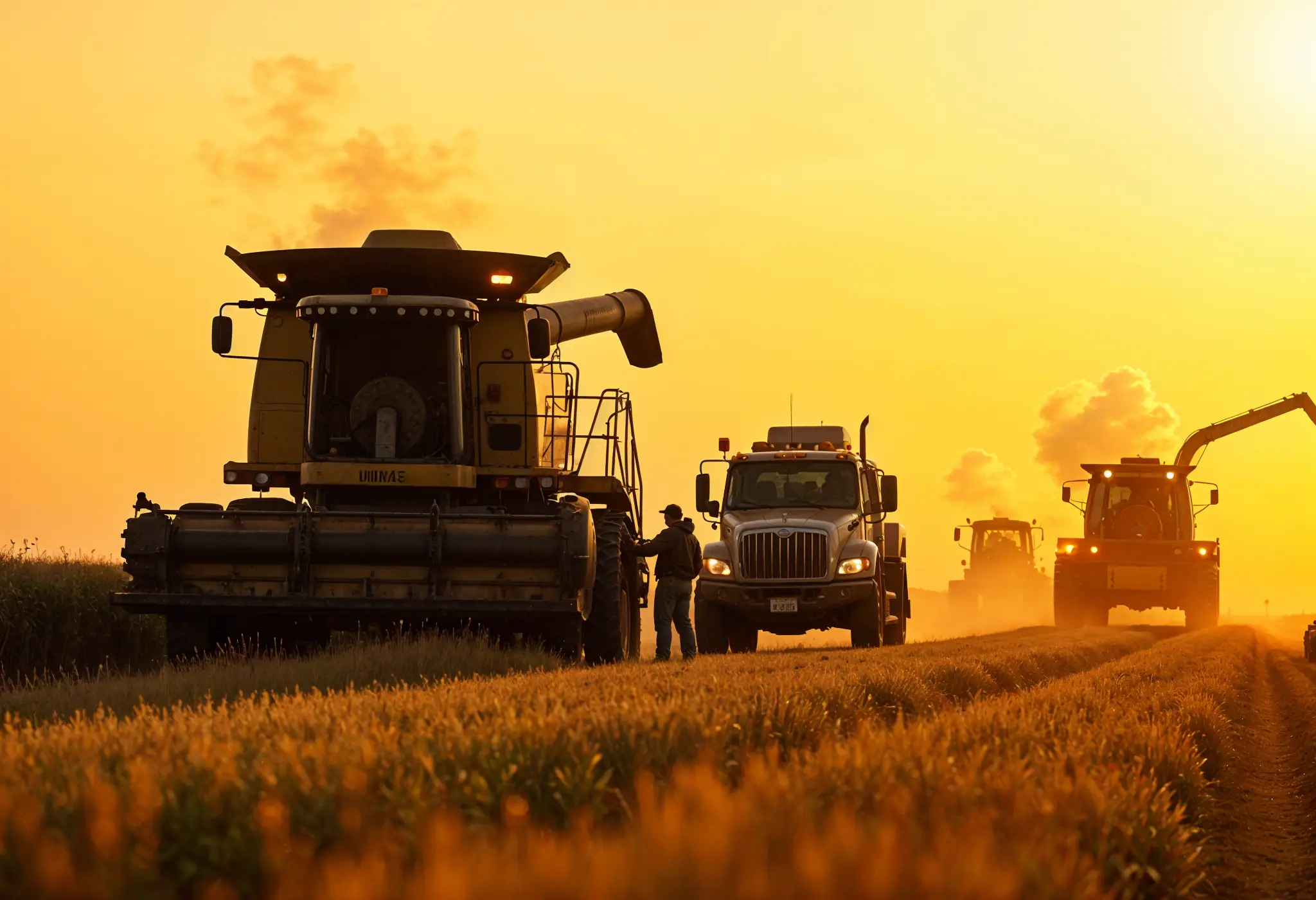
13 Overlooked Farm Spare Parts That Halt Operations — Pt. 2
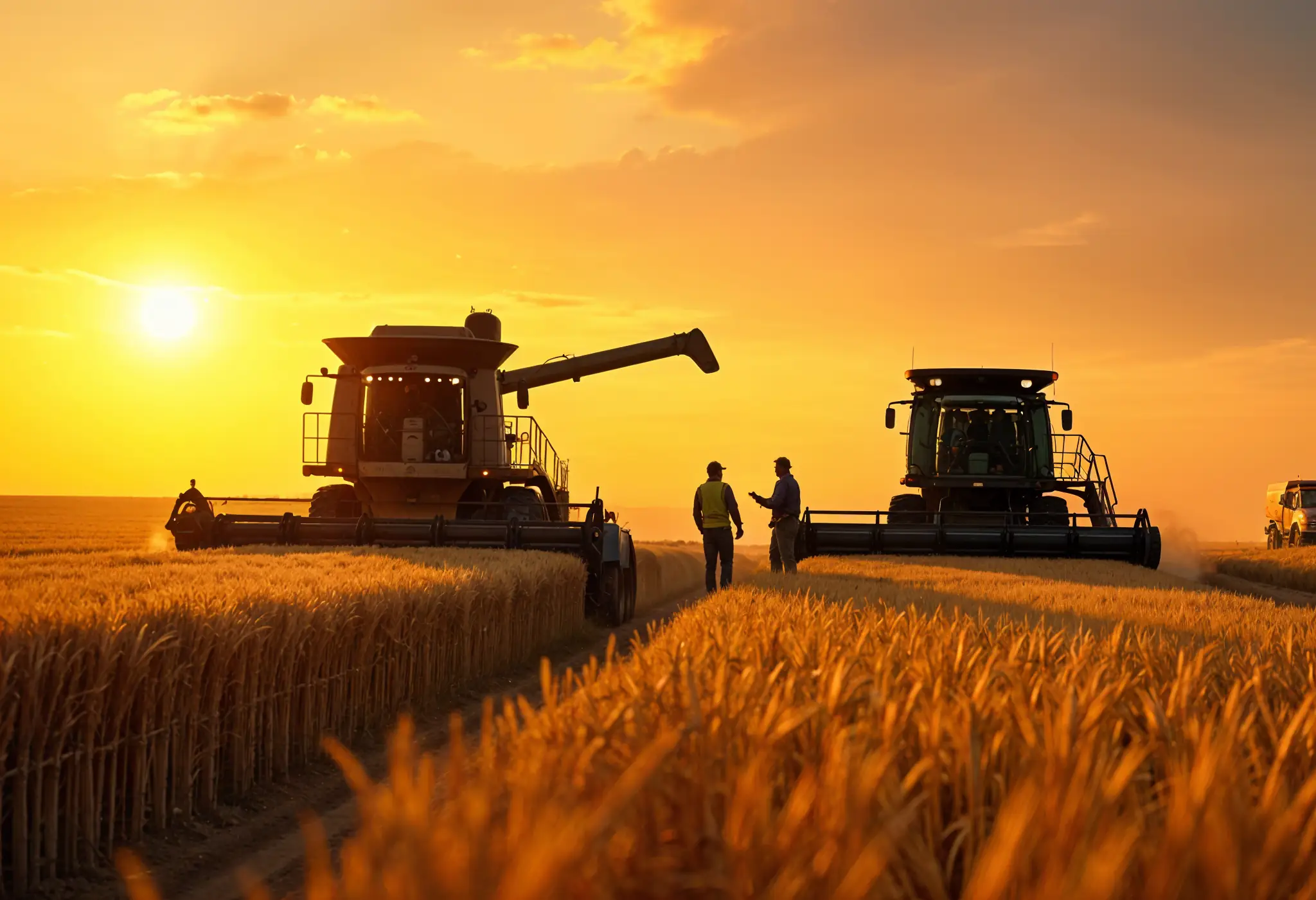
13 Overlooked Farm Spare Parts That Halt Operations — Pt. 1

Top Hydraulic Components for Agricultural Equipment in 2025: Complete Guide
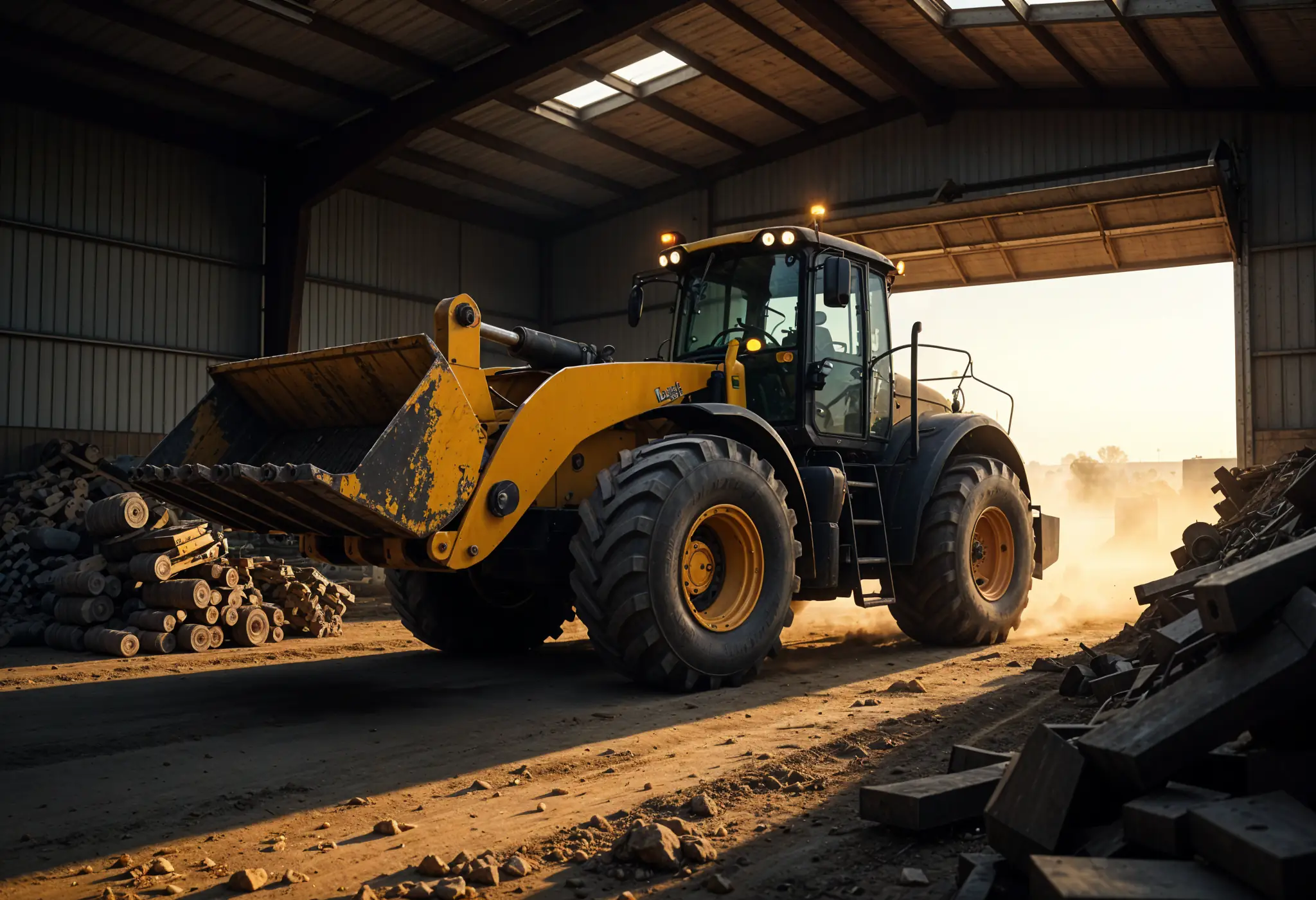
The Essential Farm Equipment Parts You Can't Afford to Run Out Of
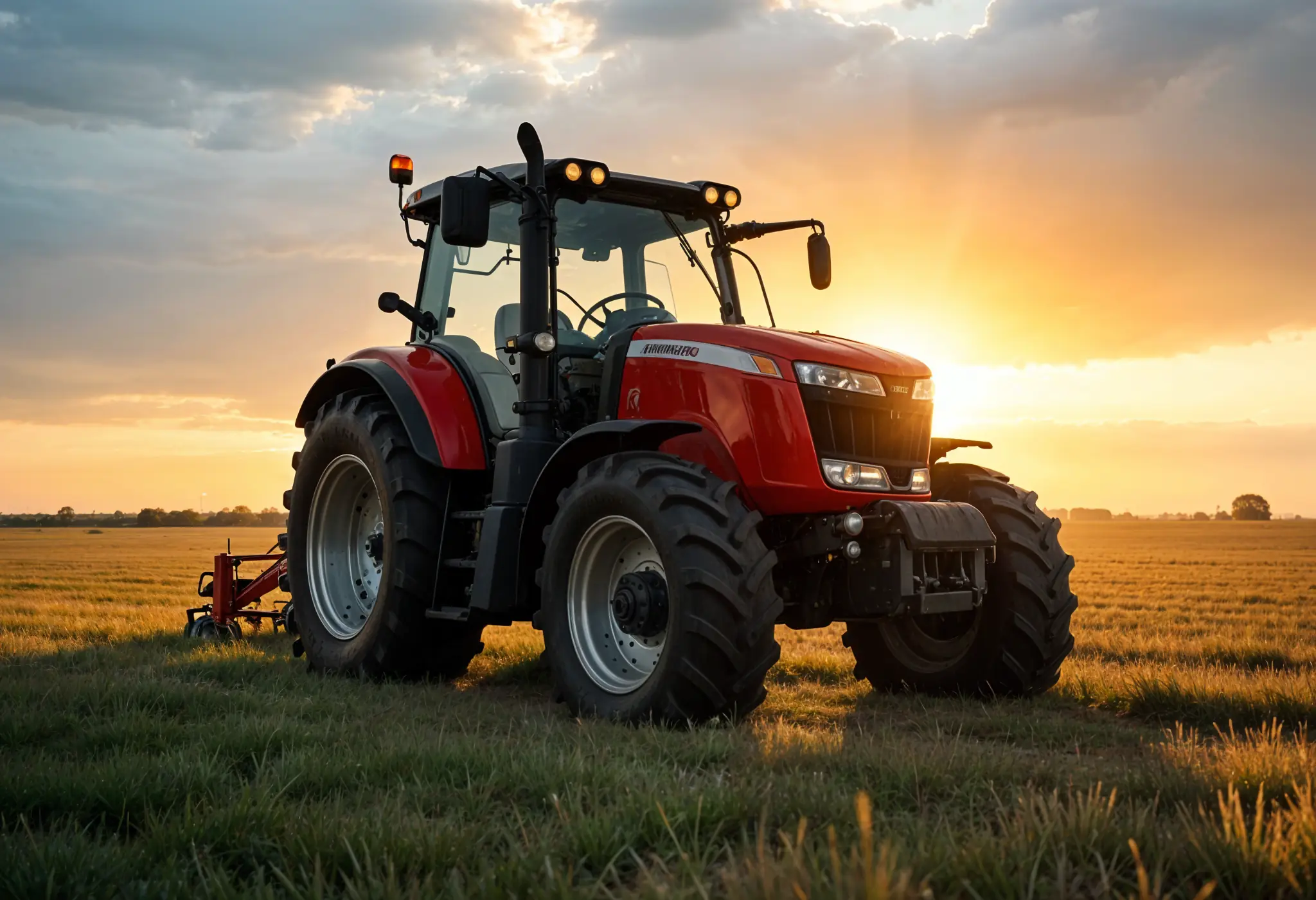
How to Service Farm Equipment: A Farmer's Guide to Zero Harvest Downtime

Construction Machinery Parts Suppliers: Expert Selection Guide

How to Apply Machine Safety Rules: From Selection to Installation

Smart Diagnostics Cut Heavy Equipment Failures by 73%

5 Ways to Assess the Environmental Impact of Heavy Construction Machinery

10 Smart Ways to Pick Construction Machinery for 2025 Projects

Rent vs Purchase Equipment: What Heavy Industry Experts Hide

How to Implement a Construction Inventory Management System for Equipment Efficiency

How to Extend Equipment Life Expectancy with Regular Maintenance

Advanced Heavy Equipment Diagnostic Tools: Ensuring Construction Machinery Quality
Essential Features Your Construction Equipment Inventory System Needs
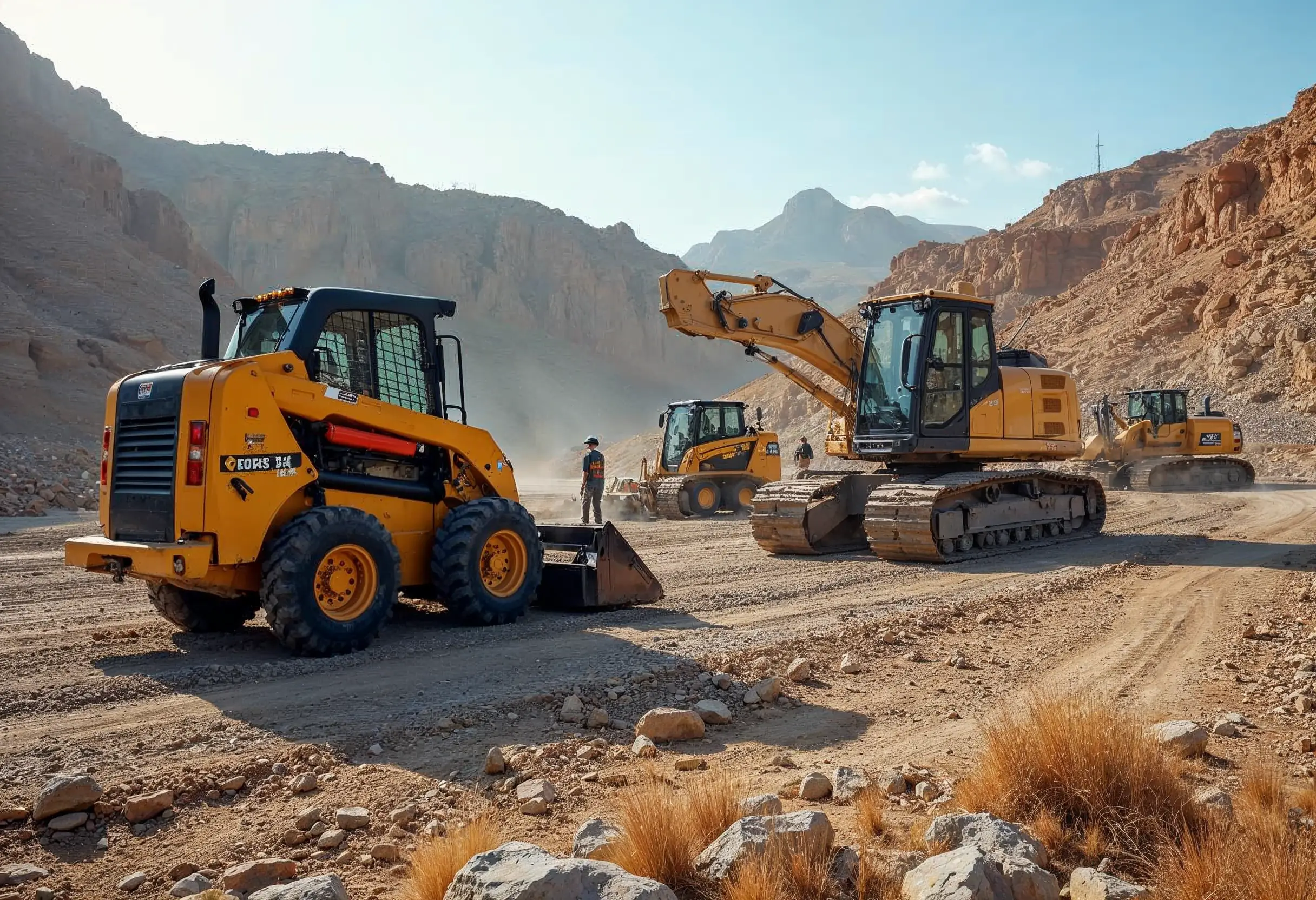
29 Quick Tips for Choosing Construction Equipment for Remote Locations

How to Select Construction Machinery with Optimal Equipment Maintenance in Mind
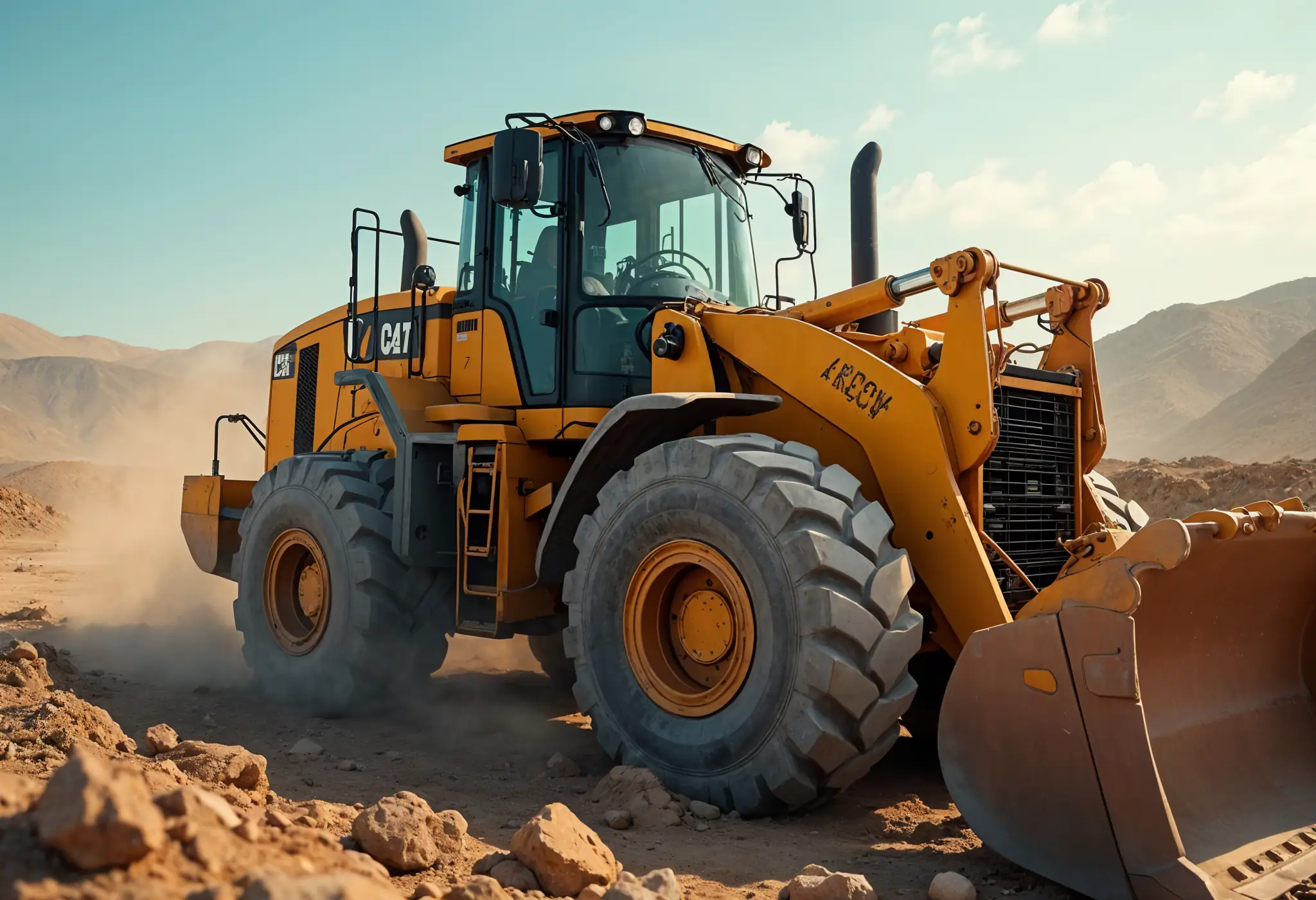
Top 25 Tips for Selecting Bulldozers for Construction Sites

Which Construction Loader is Best for Your Project Needs?

4 Key Steps to Form a Construction Machinery QC Team

15 Essential Tips for Selecting the Perfect Crane for Construction

Maximize Savings: Multi-Purpose Construction Machinery for Lower Costs

Affordable Heavy Equipment Parts: A Sourcing Guide

Choosing the Right Road Construction Equipment: A Complete Guide

Motor Graders: Key Elements to Consider for Optimal Selection

A Detailed Guide to Choosing Excavators for Construction Work

Top Tips for Choosing Cranes for Construction Projects
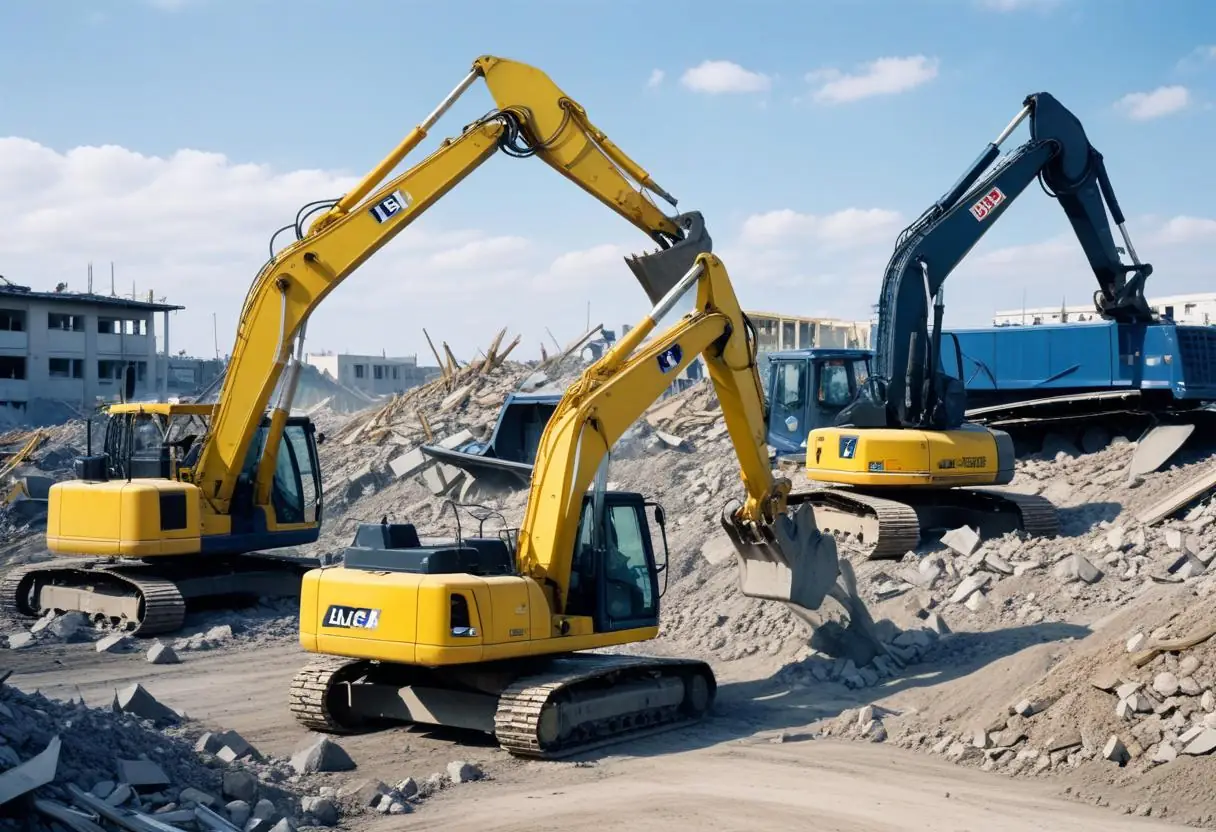
5 Top-Rated Demolition Machines for Construction Professionals

Expert Tips on Choosing Earthmoving Equipment for Large Projects
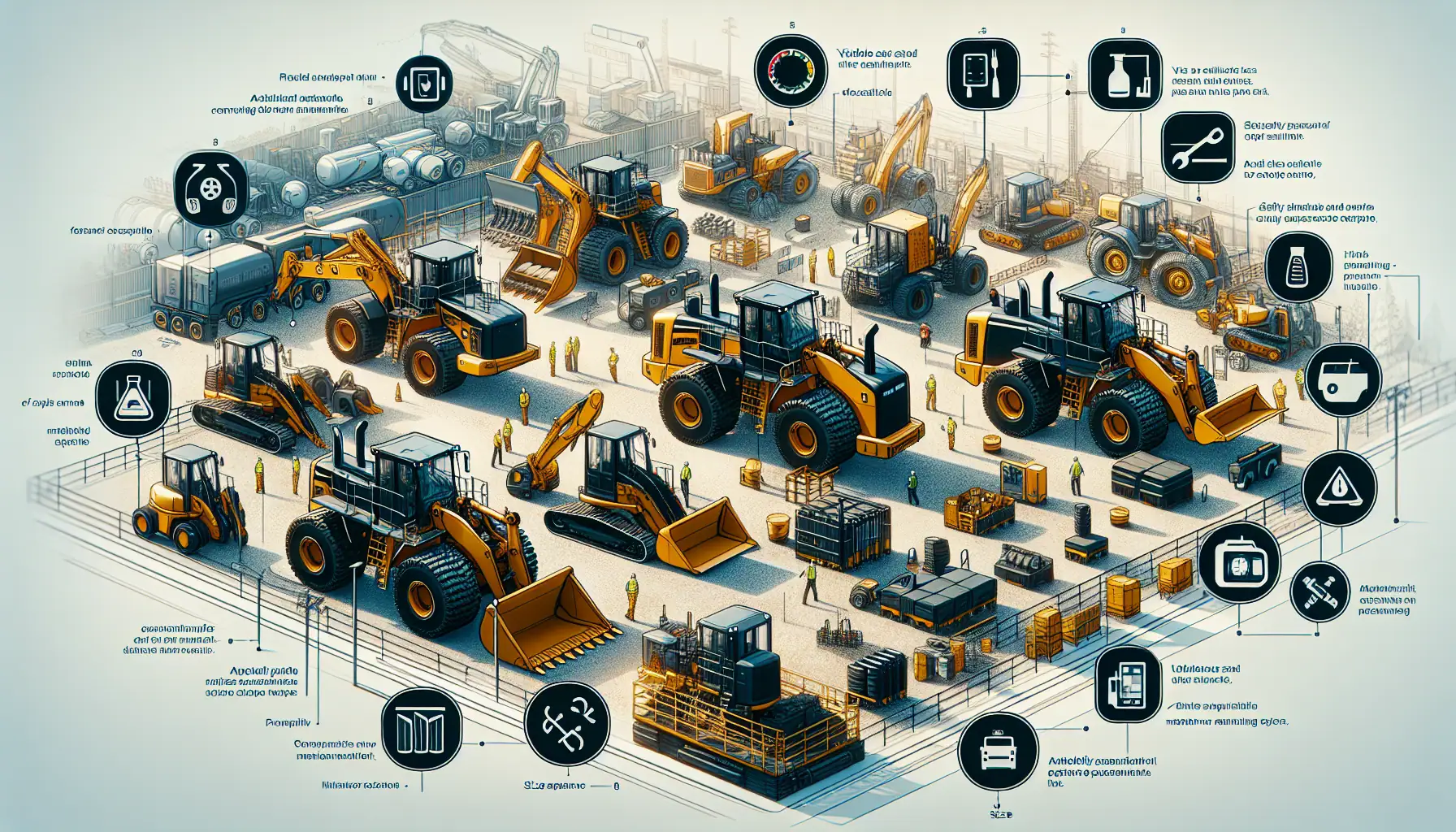
Top Functional Criteria for Selecting Heavy Construction Equipment

Construction Machinery: Detailed Guide to Equipment Specifications

Heavy Machinery Prices: Key Factors in Cost and Quality Balance

Best Construction Heavy Equipment Brands: Pros and Cons

Construction Site Equipment: How to Determine Your Requirements

Maximizing Safety: Risk Management for Construction Projects

Innovations in Construction: Transforming Machinery and Equipment

Heavy Equipment Safety: Beyond the Basics in Construction Compliance

The Essential Handbook for Construction Equipment Repair and Maintenance

How to Efficiently Source Oil and Gas Machinery Parts in NYC

Essential Guide to Sourcing Agriculture Equipment Parts

How to Source Mining Machinery Parts: Tips and Strategies
